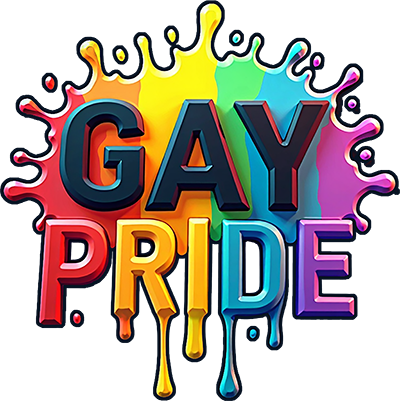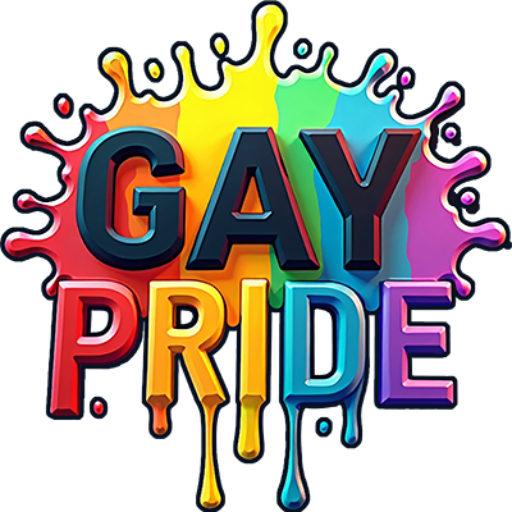Pride Marches and Protests: What You Need to Know
Pride Marches and Protests are more than just celebrations of identity and love—they are powerful platforms for advocating equality and human rights. These events have grown into global phenomena, drawing millions of participants every year. Understanding the history, significance, and current trends of Pride Marches can deepen our appreciation for them and inspire active participation. This guide provides comprehensive insights into Pride Marches and Protests, ensuring you’re informed and ready to engage in the ongoing fight for LGBTQ+ rights.
The History of Pride Marches
Pride Marches have their roots in the 1970s, following the historic Stonewall Riots of 1969. The riots in New York City marked a turning point in the LGBTQ+ rights movement. On June 28, 1970, the first Pride Marches were held in New York, Los Angeles, and Chicago, commemorating the anniversary of Stonewall. These initial events were called “Christopher Street Liberation Day” marches, named after the street where the riots took place.
The Evolution of Pride Marches
Over the decades, Pride Marches have transformed from small, localized events into massive international celebrations. Cities like San Francisco, London, and Sydney now host some of the world’s largest Pride events, attracting millions of participants annually. The growth of these events reflects the increasing societal acceptance of LGBTQ+ individuals and the tireless work of LGBTQ+ activists.
The Importance of Pride Protests
While Pride Marches are often viewed as celebrations, they also serve as powerful protests. These events advocate for equal rights, raise awareness of LGBTQ+ issues, and hold governments accountable. In nations where LGBTQ+ rights remain under threat, Pride Protests become crucial spaces for activism and social change.
Current Challenges and Issues
Despite progress, the LGBTQ+ community still faces significant challenges. Discrimination, violence, and legal inequality persist worldwide. According to a 2021 report by the International Lesbian, Gay, Bisexual, Trans and Intersex Association (ILGA), 69 countries still criminalize same-sex relationships. Pride Protests continue to shine a light on these issues, urging the global community to take action.
Planning to Attend a Pride March or Protest?
Attending a Pride March or Protest can be an empowering and educational experience. Here are some tips to help you prepare:
- Do Your Research: Learn about the event’s purpose, history, and themes for the year. This knowledge will help you engage meaningfully and respectfully.
- Dress Comfortably and Appropriately: Pride events can involve a lot of walking. Wear comfortable shoes and clothing suitable for the weather. Many participants choose rainbow-themed outfits, but ensure you’re comfortable and authentic.
- Stay Safe and Hydrated: With large crowds, always be mindful of your surroundings. Keep your belongings secure, and travel with a group if possible. Stay hydrated, especially for all-day events.
Pride Marches Around the World
Pride Marches take place in many cities worldwide, each with its own unique character. Some notable events include:
- New York City Pride: One of the largest and most famous Pride events globally, held annually in June.Learn more about NYC Pride
- São Paulo Pride: Known for its lively atmosphere and political impact, attracting millions of attendees each year.
- Sydney Mardi Gras: A vibrant celebration in Australia, featuring parades, parties, and cultural events focused on LGBTQ+ rights.
The Impact of Pride Marches and Protests
Pride Marches and Protests have a significant societal impact. They foster community and belonging among participants, helping shift public perceptions about LGBTQ+ rights. For example, a Pew Research Center study found that public support for same-sex marriage in the U.S. rose from 37% in 2009 to 61% in 2019, partially due to increased visibility at Pride events.
Encouraging Global Change
Pride events also inspire global change. The international spotlight on LGBTQ+ rights can encourage governments to reform discriminatory laws. Countries like India and Taiwan have made significant strides in LGBTQ+ rights, influenced by local and global Pride advocacy.
Conclusion
Pride Marches and Protests are vital movements for advocacy, equality, and social change. Whether you’re part of the LGBTQ+ community or an ally, attending these events is a powerful way to support human rights. Understanding the history, significance, and current issues can help you contribute meaningfully to the cause. As you prepare for your next Pride event, remember the legacy of those who marched before you and the lasting impact of your participation.

